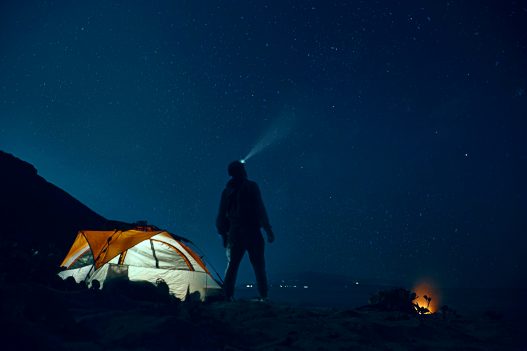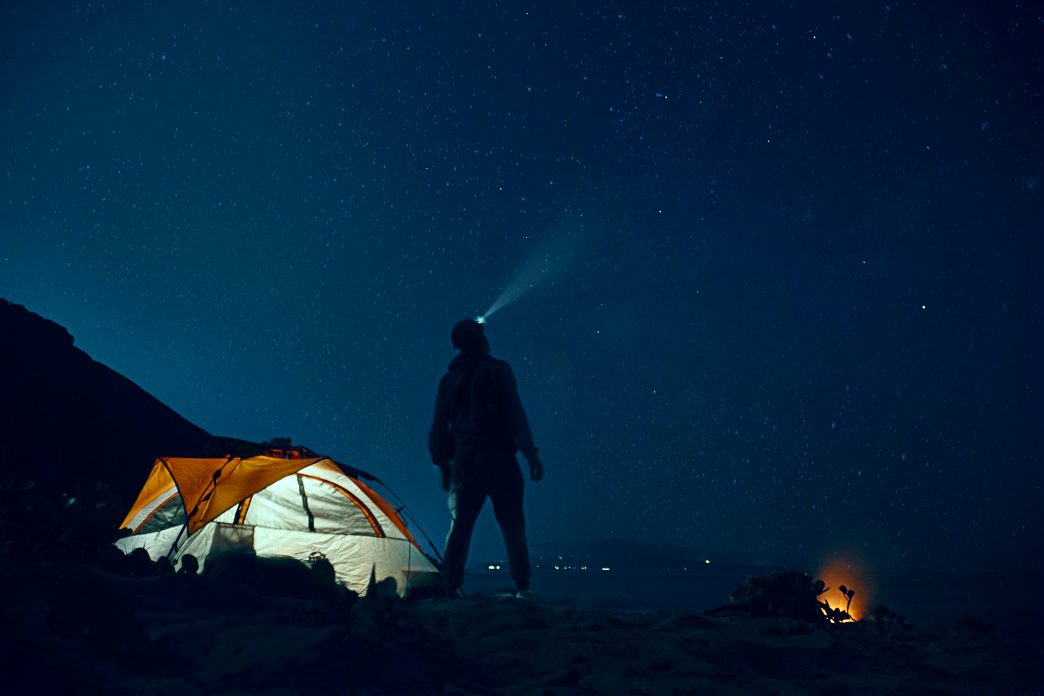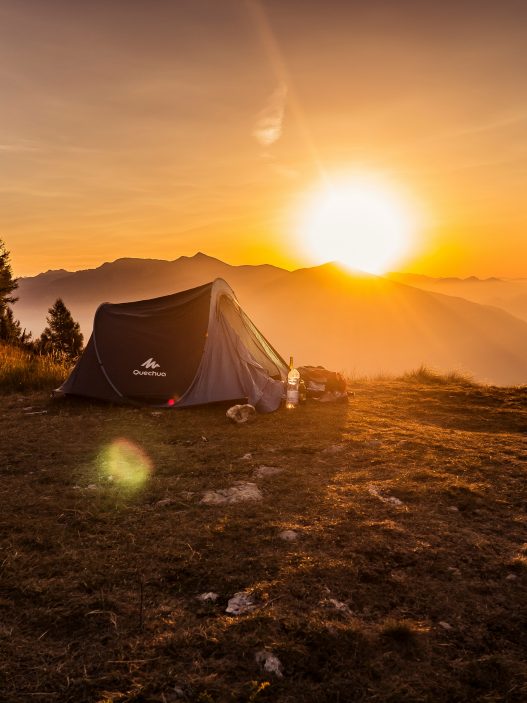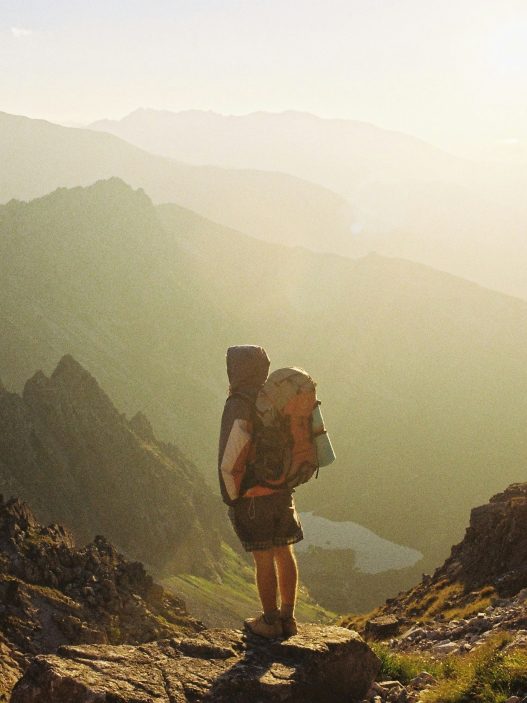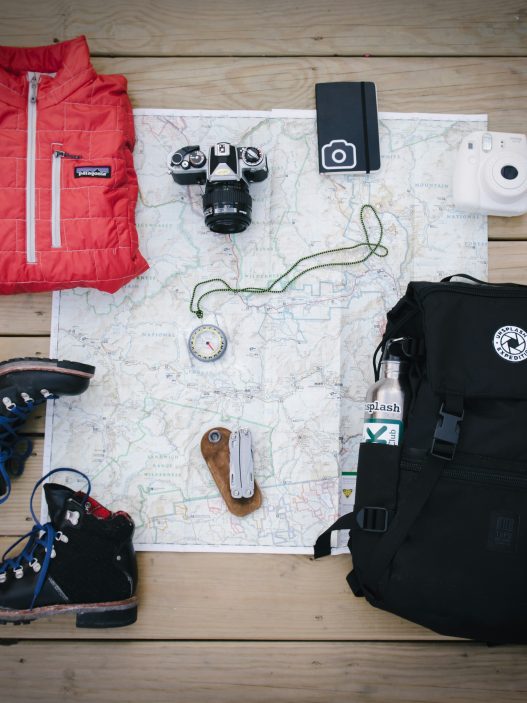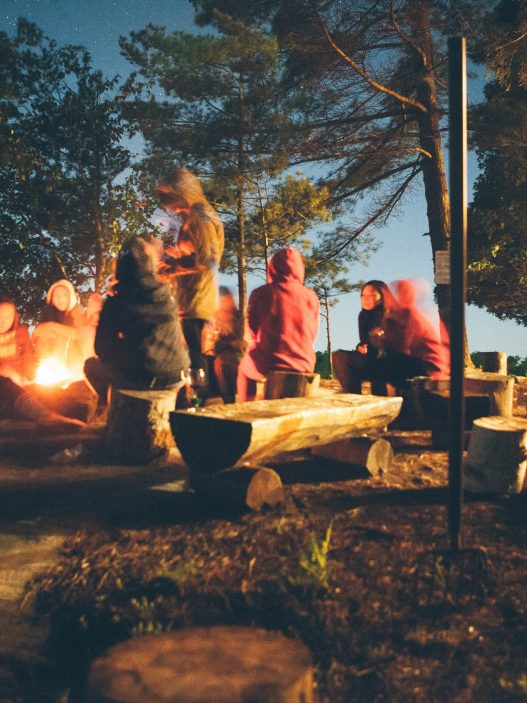When venturing into the great outdoors, preparation is key to ensuring safety and survival. Essential survival gear can make a crucial difference in emergencies, providing the tools needed to navigate unexpected challenges. This blog post will explore the must-have items that everyone should carry, whether embarking on a short hike or an extended expedition.
Many outdoor enthusiasts underestimate the importance of having the right equipment at hand. From reliable navigation tools to adequate shelter, the right gear not only enhances the outdoor experience but can also be life-saving. Understanding which items are essential ensures all adventurers are ready for anything nature may throw their way.
The wilderness is unpredictable, and preparedness is vital. Knowing what survival gear to include in one’s pack can provide peace of mind and confidence while exploring. Readers will discover practical solutions and recommendations that will equip them for any adventure.
Essential Survival Gear
When venturing outdoors, having the right survival gear is vital for safety. Key items should address navigation, shelter, hydration, and nutrition needs.
Navigation Tools
Navigating unfamiliar terrain is crucial for outdoor safety. A reliable map and compass are essential for ensuring one can find their way. GPS devices can be beneficial, but electronic devices rely on batteries. Therefore, it’s wise to carry a backup, such as a traditional compass and detailed maps of the area.
Other useful navigation tools include an altimeter and a whistle. An altimeter helps determine elevation, which can aid in navigation. A whistle can signal for help and is more effective than shouting in emergencies. Storing these tools in a waterproof case protects them from weather damage.
Shelter and Warmth
Creating a reliable shelter protects an individual from environmental hazards. A lightweight tent or tarp can provide immediate shelter from rain or wind. Investing in a quality sleeping bag rated for cold weather is also vital. It ensures warmth during cooler nights, preventing hypothermia.
Additionally, a space blanket or emergency bivvy bag can serve as a compact alternative. They reflect body heat and are small enough to fit into a backpack. Extra materials like a poncho can double as protection against wet conditions and an additional layer for warmth.
Hydration and Water Purification
Access to clean water is essential in any survival scenario. Carrying a durable water bottle or hydration system ensures water is always within reach. In areas without guaranteed clean water sources, water purification methods become crucial.
Portable water filters and purification tablets are effective tools for ensuring water safety. Filters can remove bacteria and protozoa, while tablets neutralise harmful microbes. Knowing local water sources and techniques for purification increases preparedness.
Nutrition and Food Supplies
Food supplies should be lightweight and easy to prepare while providing adequate energy. High-calorie items such as energy bars, nuts, and dried fruits should be included. They offer essential nutrients and can be stored easily.
Additionally, a portable cooking system or camp stove can aid in meal preparation. It allows for cooking outdoor meals safely and efficiently. Carrying a fishing line or traps can also provide opportunities for additional food sources in the wild.
Personal Safety and First Aid
Having the right personal safety and first aid equipment is essential for anyone venturing into the outdoors. These items can help manage injuries and ensure effective communication in emergency scenarios.
First Aid Kit
A well-stocked first aid kit is crucial for addressing common injuries such as cuts, sprains, and insect bites. It should contain the following items:
- Adhesive bandages in various sizes
- Gauze pads and tape to cover larger wounds
- Antiseptic wipes for cleaning cuts
- Pain relief medication, such as paracetamol or ibuprofen
- Antihistamines for allergic reactions
Including specific items like a pair of scissors and tweezers can make treatment easier. It is also wise to consider any personal medical needs, a CPR mask, and a first aid manual for reference.
Protection Equipment
Protection equipment enhances safety during outdoor activities. Key items include:
- Safety goggles to protect the eyes from debris
- Hearing protection, like earplugs, in noisy environments
- Helmets for activities such as cycling or climbing
- Gloves suitable for various tasks, including handling tools or protecting against cold
Selecting equipment that fits properly is vital for effective protection. Outdoor enthusiasts should ensure they wear suitable clothing layers and footwear appropriate for their specific activity.
Emergency Signalling Devices
In case of emergencies, signalling devices can alert rescuers or other hikers. Recommendations include:
- Whistles for producing loud sounds to attract attention
- Signal mirrors for visual signalling, especially in sunny conditions
- Flares or personal locator beacons for distress signals
These devices should be easily accessible and lightweight for convenience. Understanding how to use them effectively can make a difference in emergency situations.


